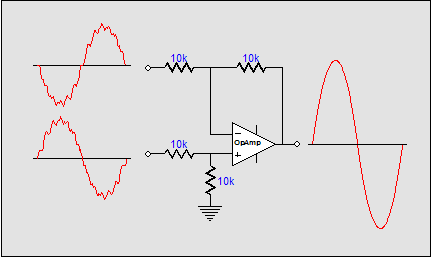Oh, sorry. I didn't know you needed balanced inputs. Most amps and DACs at that price aren't balanced, except the Jot. Why do you want the balanced inputs?
DIY is a mixed bag in terms of difficulty. Some amps are fairly easy to build, like the ones I've listed here. Many DIY amps come as kits, like the crack. You get all the parts you need, and usually instructions for assembling it. Take a look at the
crack manual for an idea of what that looks like to make a point to point (no board) build.
The
butte is also an easy to build DIY amp. It doesn't come as a kit, but it's not hard to get all the parts you need. See the
innerfidelity review for more details. Pete Millet has a TON of cool designs on
this site, all of which he sells the PCBs for, but none are kits so to speak.
His
new one is also quite cool, and it has detailed assembly instructions.
There's also always the O2.
None of those have balanced inputs, though. You won't find that until you get into more difficult projects.
This glass-ware board, for example. It's a buffer (no gain) that can easily drive headphones. It doesn't come with a power supply, though, so you'd need to get that separately (probably from
here)
Dual mono is also an option. You could buy (or make) two stereo amps with single-ended ins and outs, then wire up adapters to have each of the 2 amps amplifying one channel (L or R) and each of the channels in the amp amplifying one phase of the signal. Like
this.


















